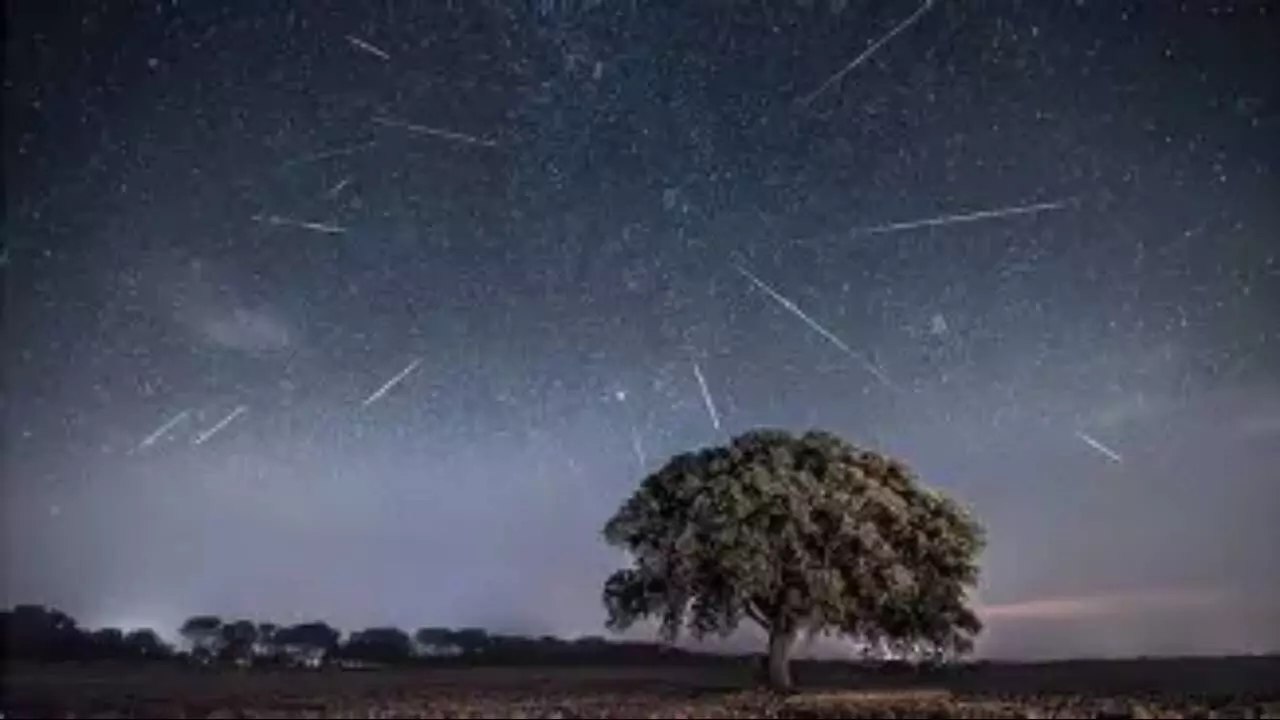How to Watch the 2025 Perseid Meteor Shower Despite the Full Moon Glow
Maximize your viewing of the 2025 Perseid meteor shower—even with the full moon—by choosing the right dates, finding dark skies, and using timing and field-of-view tricks to spot more shooting stars
image for illustrative purpose

The 2025 Perseid meteor shower, one of the brightest annual celestial events, coincides this year with a full or nearly full moon—a glare that could dampen visibility for skywatchers. But with the right strategies, meteor enthusiasts can still catch plenty of shooting stars.
Pick the Best Viewing Window
Plan your stargazing for late-night hours into the pre-dawn sky, when the moon sets or dips lower on the horizon. From pre-peak nights through the morning after the peak, you’ll see better meteor activity with less moonlight interference.
Head to Dark, Open Skies
Escape urban glow—drive or hike to a dark site with minimal ambient light. The darker the surroundings, the easier it is to notice meteors, even in moonlit conditions.
Watch Away from the Moon's Glow
Angle your gaze toward a moon-free patch of sky. The Perseids radiate near Perseus, so face that general area—but be ready to shift your view as meteors streak in all directions.
Be Patient and Prepared
Your eyes need about 20–30 minutes to adapt to darkness—don’t rely on flashlights or phone screens. Bring warm clothes, reclining chairs, and settle in for an hour or more for your best chances.
Boost Visibility with Smart Tools
Though telescopes or binoculars aren’t needed (and can limit your field of view), using an app (like SkyView or Stellarium) helps locate constellations and predict where meteors may appear.
While the full moon may wash out faint meteors, the Perseids are powerful enough that dedicated watchers can still catch 50–75 meteors per hour during peak, especially in dark, elevated locations.

